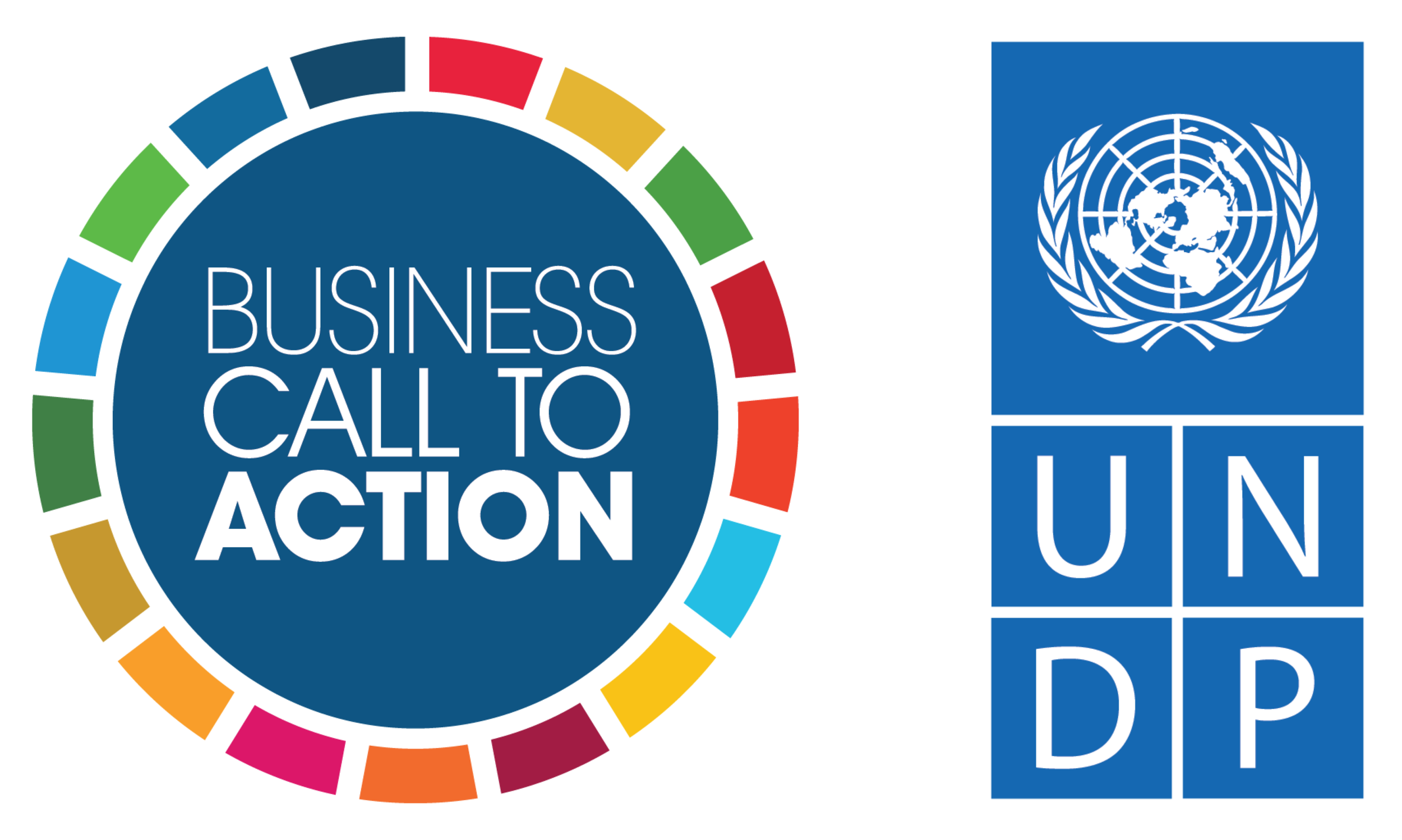The Future of Household Energy in Emerging Markets Will Be Safe, Convenient and Online
nternet of Things technology making cooking easier and safer for families and providing businesses and organizations direct insight into clean energy adoption.
By Ron Bills and Nate Harper, Envirofit International
Envirofit Kenya employee John Njogu activates the SmartGas valve, which monitors and transmits fuel usage so that Envirofit Customer Service can schedule delivery of a new tank before it is empty, ensuring customers a consistent supply of LPG.
How did you cook your breakfast this morning? If you’re one of the roughly 3 billion people worldwide who live in energy poverty, it was over an open fire or a pile of lit charcoal inside a rudimentary stove. Cooking this way is inefficient, wasting up to 90% of the heat from combustion. It is also dangerous, affecting vision, causing heart and lung disease and ultimately shortened lives. Almost half the world’s population still cooks this way because they need to eat and don’t have other options, but thankfully progress is being made.
Changing a person’s relationship with household energy requires access to new technology that is affordable and easy to use. For households in wealthy countries, the need to cook over charcoal and open flames stopped when massive energy infrastructure systems were built to connect them with electricity and natural gas at the flip of a switch, and allowed them to pay for it monthly.
But what about people who live in areas where no such infrastructure exists? Changing their relationship with household energy to safer and more convenient ways to live and cook still requires creating access to new technology, but the approach to energy access is different than what has come before.
FROM WOOD TO CHARCOAL TO LPG
At left, a low capacity, single burner meko stove and charcoal jiko. Families pay up to 76% more for charcoal than they would for LPG because of the economic convenience of daily purchases. At right, a two-burner LPG stove and SmartGas tank and valve with mobile and IoT technology that makes LPG as affordable.
People in energy poverty have seen their relationships with household energy evolve over the last two decades, and it is set to make a revolutionary shift in the coming years. For many, the evolution of energy usage begins with transitioning from wood to charcoal. Charcoal is more expensive than wood, but burns cleaner and more efficiently. For the billions of people who cook this way, a more efficient wood or charcoal burning stove can make feeding their families easier.
Improved cookstoves save families money and time while lowering their exposure to smoke. For those who can afford it, liquified petroleum gas (LPG) is also available. At Envirofit, we believe that people are united by their desire to live well, and people in energy poverty want to use LPG because it is a convenient, modern fuel that cooks fast and clean. So far, however, this has been difficult because LPG hasn’t been affordable.
Now, technological innovation has again made it possible to change millions of people’s relationship with household energy by making LPG accessible at scale. But unlike the transition from wood and charcoal through improved stoves, the move to LPG can be made with cellular and Internet of Things (IoT) technology. Using these advances, households who cook with modern LPG like Envirofit’s SmartGas will be able to use convenient, affordable energy while having increased ability to participate in the national economy and help others cook safer.


